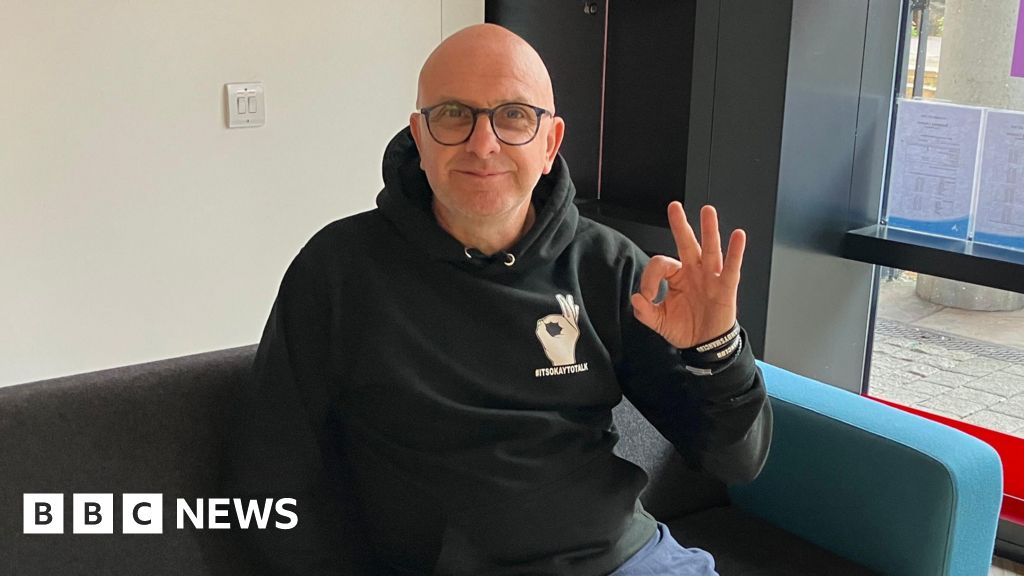The Viral Spread of Health Misinformation: Why We Believe It & How to Spot the Red Flags

In our increasingly digital age, the internet has become a primary source for health information. Whether we're actively searching for answers to medical concerns or passively scrolling through social media, health-related content bombards us daily. But this constant stream of information isn't always reliable. Misinformation—often disguised as credible advice—is spreading faster than ever, impacting public health and individual well-being.
Why Are We So Susceptible?
The reasons behind our susceptibility to fake health information are multifaceted. Firstly, cognitive biases play a significant role. Confirmation bias, for example, leads us to seek out and readily accept information that aligns with our existing beliefs, even if that information is inaccurate. We're more likely to share articles that reinforce what we already think, inadvertently contributing to the spread of misinformation.
Emotional appeals are another powerful factor. Misleading health claims often evoke strong emotions like fear, anxiety, or hope. Clickbait headlines promising miracle cures or warning of imminent danger are designed to trigger these emotions and bypass our critical thinking skills. The urgency created by these appeals makes us less likely to question the source or validity of the information.
Furthermore, the sheer volume of information online can be overwhelming. We often lack the time or expertise to thoroughly vet every piece of health advice we encounter. This can lead us to rely on easily digestible, yet potentially inaccurate, sources.
The Social Media Amplifier
Social media platforms have dramatically accelerated the spread of health misinformation. Algorithms designed to maximize engagement often prioritize sensational or emotionally charged content, regardless of its accuracy. Sharing is incredibly easy, and misinformation can quickly go viral, reaching millions of people before it can be debunked.
The echo chamber effect also contributes to the problem. Social media algorithms tend to show us content from people who share our views, reinforcing our existing beliefs and limiting our exposure to diverse perspectives. This can create a distorted perception of reality and make us more vulnerable to misinformation.
How to Spot the Red Flags
Fortunately, there are steps we can take to protect ourselves from falling victim to health misinformation:
- Check the Source: Is the website or social media account reputable? Look for established organizations, medical professionals, or peer-reviewed research.
- Be Wary of Sensational Headlines: If a headline sounds too good to be true, it probably is. Be skeptical of claims that promise miracle cures or offer quick fixes.
- Look for Evidence: Does the information cite credible sources, such as scientific studies or medical experts?
- Cross-Reference Information: Don't rely on a single source. Compare the information with other reputable sources to see if it aligns.
- Consult a Healthcare Professional: If you have any concerns about your health, talk to your doctor or another qualified healthcare provider.
Combating Misinformation: A Collective Responsibility
Addressing the problem of health misinformation requires a collective effort. Social media platforms need to take greater responsibility for the content shared on their platforms. Fact-checking organizations play a crucial role in debunking false claims. And individuals need to become more critical consumers of information, questioning sources and verifying claims before sharing them. By being more vigilant and informed, we can help stem the tide of health misinformation and protect ourselves and our communities from its harmful effects.






